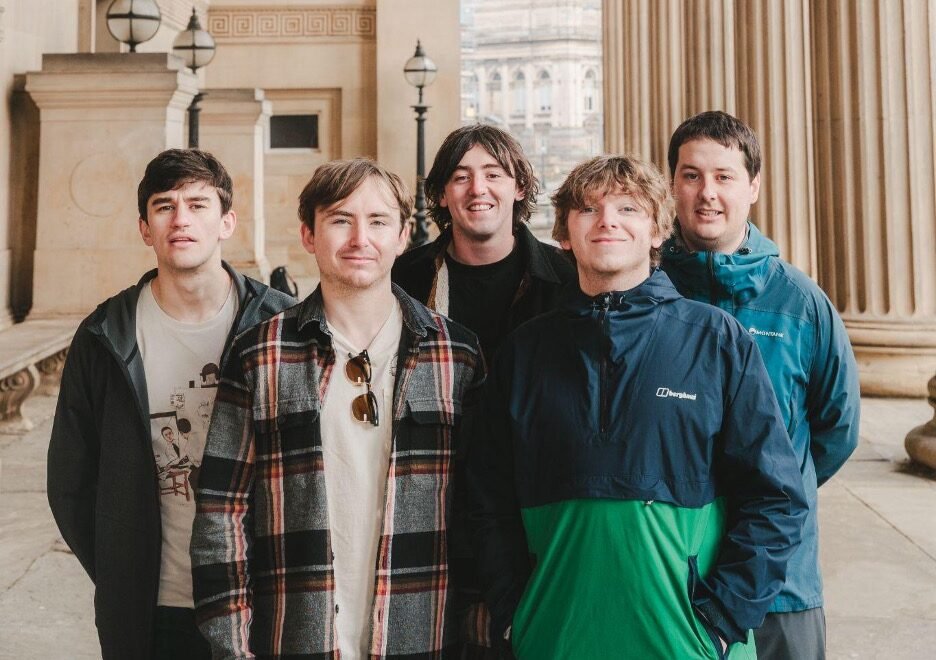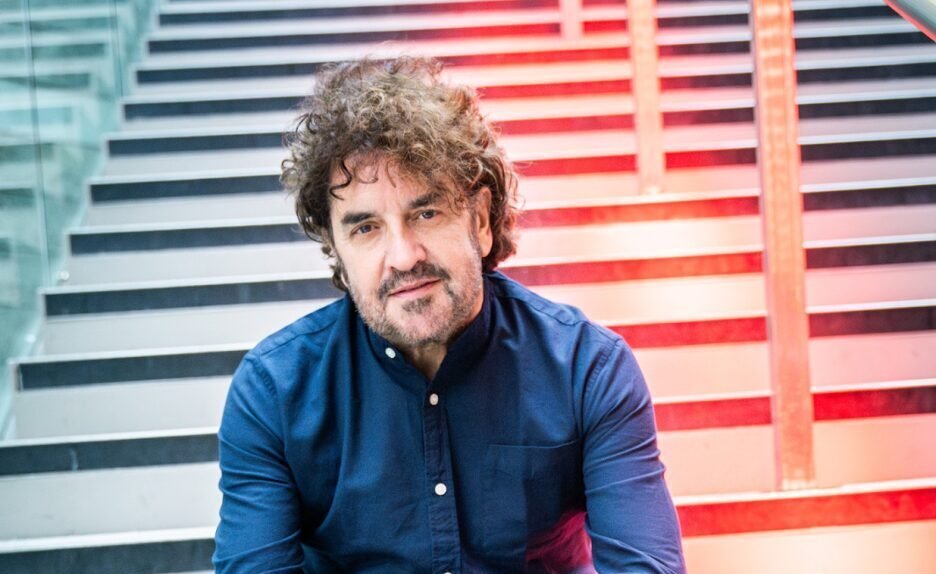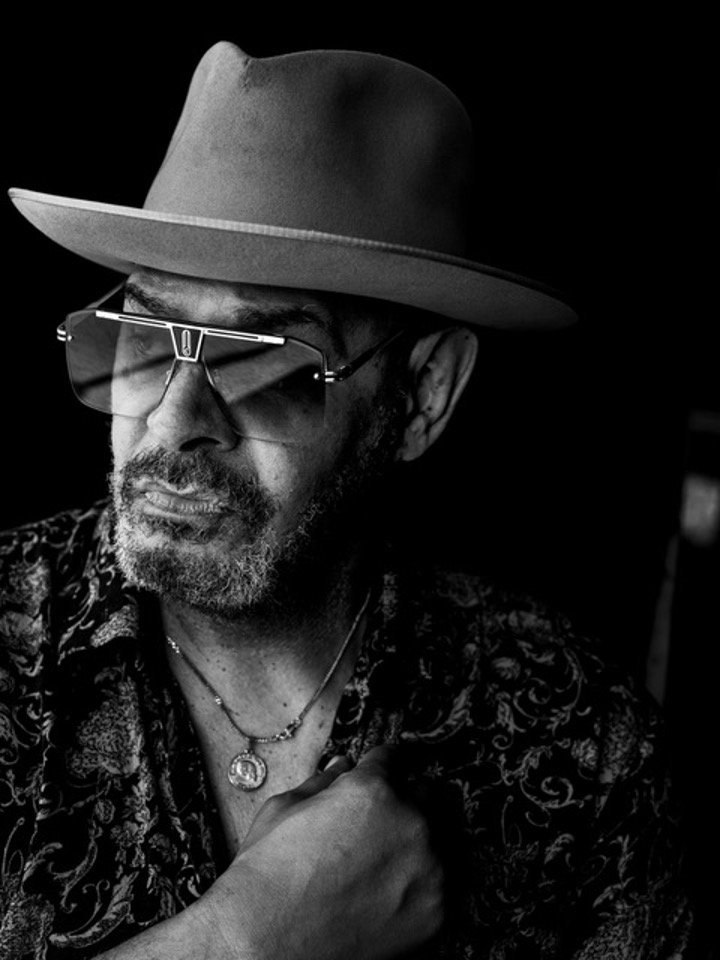The Sefton Park serenade greets and sweetly soothes me on each visit to its South Liverpool location. It is a personal moment that enhances my time within the beautiful and tranquil surroundings. To some, it may well be just a park, but for me, it holds memories and emotions that come alive each time I visit. My Sefton Park stroll is something I enjoy and need. And to be honest, I occasionally pop down Lark Lane for a drink, on the way there, or on the way back – well, a walk is thirsty work. Recently, during a visit, I reflected on why this park means so much to me.
Like many others, my childhood really was concrete streets upon concrete streets, upon concrete streets. Concrete streets that confined me, defined me, challenged me and frustrated me – but it was all I knew. The concrete maze was my playground.

Unfortunately, over time, my ‘one’ local park was removed of its park status. It was transformed by local frustrations. Its heart, its soul, its pleasure – burnt out with the rubble and never to return. No leaders stepped in to help either. Shame is the name.
This Sefton Park friendship originally formed way back in my junior years. The family Sunday ‘day out’ was anywhere, but reasonably local and regularly included Sefton Park. Armed with a featherweight football, pocket money and pockets full of eagerness and excitement, the journey began. Unfortunately, it took two sluggish bus journeys to get there – if the two buses turned up – but it was worth it. The striking park provided a fulfilling day of boyhood moments; playing football on the beautiful fields, running up hills, rolling down hills, climbing trees, falling off trees, crossing the stepping stones, pretending to fall in, and deliberately falling in. Dreaming that my favourite bands would appear on the bandstand, and always taking time to reflect when inside the stunning Palm House.

As a boy, I recall standing and staring out across the beautiful lake and park. For as far as I could see, all I could see – was a park, and it glistened in the sizzling summer sun. I could smell the soft, sweet and compelling fresh fragrance from the flowers and the trees. And scanning the area, I realised there wasn’t a concrete maze, or concrete headache in sight. It was for that day, my pleasant playground. Hours later, after a day of delight, we would head home with tired legs, but with energised spirits.
The link continued as I progressed into the huffing, puffing and grunting teenage me. Still from t’other side of city. I attended the ‘Larks in the Park’ with my friends and family and left in awe at the velocity of the reverberations around Sefton Park. A few years later, there I was, at the local pub on the edge of the park, pretending I was old enough to enjoy my first drink and then experiencing my first, and certainly not my last, hangover. I also regularly joined friends at Sefton Park food and drinks festivals, and I attended the Liverpool Music festival and the numerous yearly family events.

And then I eventually moved to the area. And here on my doorstep, if my doorstep is one and a half miles long, is my dear loyal friend – Sefton Park.
Sefton Park is surrounded by local area districts, Aigburth, Toxteth, Mossley Hill and Wavertree. And the park seems the central point as many wonderful, warm and vibrant cultures carousel around the outskirts of the park. The park invites all and we all take up the offer.
This is our city of cultures – this is us.
So, where better to hold and celebrate the Africa Oye festival than Sefton Park.
Africa Oye is the UK’s free celebration of African music and culture; beginning in 1992 as a series of small gigs in the city centre. Then, as its popularity grew, in 2002 a new friendship was formed with Africa Oye and Sefton Park.
Oye’s aims are to redress the balance of negative representations of Africa, highlighting the fantastic cultures, foods, music and artists that make this continent stand out with its vibrant and awe inspiring nature.

Africa Oye really is a true international event that harnesses the spirit of multiculturalism and tolerance, playing hosts to music from South America and The Caribbean. The festival has a vast amount of stalls selling the best food, drink, arts, craft and fashion from Africa and beyond.
The Sunday Times summed it up very, very well when stating “this isn’t just the largest festival of African and Caribbean music in Britain, it’s the best“
To find out more about aims, challenges and the link to Sefton Park – I met with Africa Oye Artistic Director Paul Duhaney.
What originally brought you to the city?
I met my wife, who is from Liverpool, when she was visiting London and it soon became obvious that I needed to relocate! I already had a good knowledge of the city, coming up for the football and for Cream and the Southport Weekender, so I already loved the vibe and knew it was a place I could settle.
On your arrival to the city, what festivals did you attend and did you have any favourites, and why?
There weren’t as many festivals when I first came to live in the city. I have good memories of Mathew Street and River Festival, but my favourite was my first Creamfields in 1999. I used to come up to the city for the club nights so this was something special.
Initially, how did you see Liverpool and its communities, did you sense a tolerance and celebration of cultures?
From the very start, what attracted me to Liverpool was the warmth of the people and the humour, which I totally got straight away. At first it was a lot different from London in terms of a lack of cultural events but post-Capital of Culture there was a marked change in the attitudes of people for the better.
Was it a challenge to ‘sell the festival’ to the culture or local communities, if so, how did you overcome them?
Local communities have always been the heartbeat of the festival, so it was more about attracting people from further afield. We work on our audience development plan each year and look for communities that previously weren’t aware of us. Once people come to the festival once they tend to come back again and again so it’s just about that awareness raising.
Inclusivity and cultural education are at the forefront of the ethos – which to me is so warm and very welcoming. Feedback must be very rewarding, what feedback has provided most personal satisfaction to you?
It would have to be that people who came to Oye as kids and are now attending with their own sons and daughters; it really shows the legacy and love that the festival has in the city. It was something we didn’t even think about ever happening but time has flown by these last 27 years!
The current political world, across the globe, to me, is a mesmerising mess – has the current climate impacted on the festival. If anything, for me, the festival is a chance to forget about it all!
That’s exactly how we feel – for that weekend there is an amnesty on religious beliefs, political beliefs, and even family feuds! Everyone comes together to enjoy the weekend and forget about the troubles of the world and have a good time.
The artists on the bill are household names in their respective countries; how do the artists see Africa Oye, is playing Liverpool a huge attraction, as well as a chance to share their creative art?
Oye’s team travels extensively around the world seeking out artists and we’re always surprised when we introduce ourselves that everyone already knows Africa Oye. They see it as a great stepping stone to get on the UK festival market – 3 of our bands are playing Glastonbury this year. Most of our programme go on to play at the biggest festivals across the world. We received over 300 submissions from international artists this year and the applications keep increasing every year.
As you moved to the new location in Sefton Park, did you have any fears about the festival becoming bigger?
When we originally moved to the Review Field on Sefton Park we were only getting audiences of 5000 on the old site, so to move into a 40,000 capacity field was a bit daunting at first! It took a couple of years to build that audience but we’re at the stage now where we’re at capacity on this field – especially if the sun comes out!
Sefton Park is surrounded by various cultures and communities – I cannot really picture the festival anywhere else, was Sefton Park first choice as such?
It was our first choice for exactly that reason. If you go to Sefton Park on any given weekend you’ll see a real mixture of people and that’s true of our festival audience too. We’re now attracting people from all over the country and even from overseas which further adds to the cultural mix.
Being in charge of thousands of peoples welfare, I presume is daunting, but I presume rewarding knowing the same thousands are enjoying themselves. Just for an insight, what is it like for you mid festival, at the core of the operation?
Not as stressful as it used to be when it was just the festival founder, Kenny Murray, and myself doing everything at the festival! Now we have a team of professionals who take care of the running of the event weekend as most of my work should be done by then. So I’m in a position to talk to the general public, catch up with friends and family and most importantly watch the amazing acts and enjoy the festival ambience. Naturally I’m on call for any unforeseen circumstances but people tend to want me off the walkie- talkies!
Watching thousands of people enjoying themselves, especially those who may not usually experience something like this – must be again, a very rewarding feeling – is this the drive to continue?
With the constant struggle to keep the festival free I often ask myself in the winter months why am I doing this! And then I think about the smiling faces and the happiness the festival gives to people from all walks of life and that definitely gives me the drive to carry on.
Ticketed or free cultural events and spaces across the city should be applauded – do you see the cultural events growing?
Liverpool has an abundance of great festivals throughout the calendar year now, much to the envy of many other cities in the UK. There are less free festivals than there were due to funding issues and it gets harder and harder to keep this one free – it’s why we appeal to the public to help support us by donating via Paypal from the www.africaoye.com homepage or by buying merchandise at the festival or from our online shop. If everyone who attends just donates a small amount it’ll help us keep it free for years to come.
You travel the world, spreading the word about Oye and Liverpool, can you tell us about that?
Over the last 15 years myself and my core team have travelled to many countries across Europe and further afield, whilst working with the British Council. We’ve been involved in developing and mentoring young musicians and artists and event staff; we’ve attended numerous industry events as guest speakers, panelists and networking hosts at events in South Africa, Uganda, Réunion, San Andres and some a bit closer to home such as Paris and Seville As well as giving something back to the industry we have been able to spread Oye’s brand throughout the world and talk about how the city of Liverpool is such a great destination to visit.
And finally “On the Streets I Ran” – can you name 3 Liverpool Streets that mean the most to you and why?
1) Earle Road – I’ve lived most of my 20 years in Liverpool around that vicinity.
2) Aigburth Drive – it’s where the festival takes place!
3) Lark Lane – it’s near the festival site and I even lived a few years there as well. I have to give an honorable mention to Bold Street as it’s such a hub of activity and you’ll always bump into someone you know walking down there.
Photo credit: Michelle Marshall











